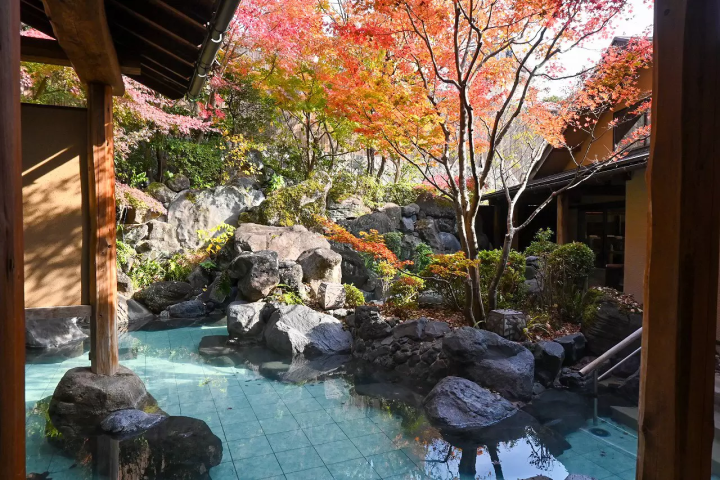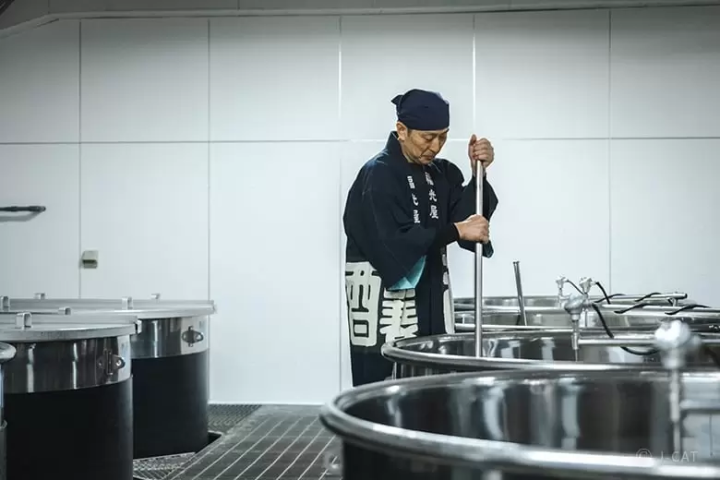6 Amazing Rāmen Restaurants In Saitama

Saitama is the place to go if you want to try some of the best rāmen in the Kanto region. Let's check out six of these amazing restaurants.
Saitama prefecture is easily accessible from Tokyo and is a popular spot visited by many domestic and international tourists.
But did you know that Saitama is also a fiercely competitive area for rāmen shops? It's worth taking the time to try the various types of rāmen that are found here, especially since they all differ in taste, appearance and texture.
Let's head to Saitama and check out six (*1) of these amazing rāmen shops!
*1... Note from December 1st, 2016. Because Ramen Toramaru has closed recently, we have updated the list of ramen shops featured in this article.
For more information on Saitama:
Saitama Special Contents
If You Visit Saitama, You Must Try These Gourmet Dishes
1. Kumagaya: Fuku Wa Uchi

Fuku Wa Uchi of Kumagaya city, is located at the Michinoeki Menuma Product Center where the local farmers come to sell their products to the public. The gyokai tonkotsu tsukemen and the curry tsukemen are especially popular, and many customers wait in line everyday to taste them.

The gyokai tonkotsu tsukemen, priced at 800 yen, is a noodle dish where you dip the freshly cooked noodles in a special soup-like base made from fish and tonkotsu (pork bones) and vegetables produced in Saitama. Although the sauce is a bit heavy for light-eaters, it is quite satisfying. Other ingredients that give the sauce a distinctly refreshing and pleasant aftertaste are garlic, ginger, spring onions and even apples.

The curry tsukemen is priced at 800 yen. The extra-thick noodles come with a heavily-flavored, syrupy sauce made from 16 different spices. The sauce has a surprisingly deep aftertaste, and is not too spicy.

Customers can add an ajitamago (marinated boiled egg) for an extra charge.

The noodles are made by the proprietor every day, starting at 3 am. Japanese yam, a Saitama product is used as one of the ingredients, so the noodles have a springy and smooth texture.
2. Shin-Tokorozawa: Rāmen Kotetsu

Rāmen Kotetsu is located in a quiet residential area, a short walk away from the Shin-Tokorozawa Station of the Seibu Shinjuku Line.
Beyond the noren, a chic, cafe-like interior, popular with many young customers, awaits.


The soup base of their special rāmen, priced at 950 yen, is made from tonkotsu broth, and has zero chemical seasoning, so the customers can enjoy the natural taste of the ingredients. It is served with eggs and chāshū (sliced roast pork), so the volume should satisfy even big eaters.

This is a unique, record-like saucer used at this restaurant. The owner is a music lover, and customers can also feel and enjoy the stylish atmosphere.
3. Chichibu: Men-ya Tatsumi

Men-ya Tatsumi Kishin Chichibu located in Chichibu city, offers rāmen made from the various Chichibu products. The menu changes by day, and on the day of our visit, we tried the tori shiro soba, priced at 750 yen and served only on Fridays and Sundays.
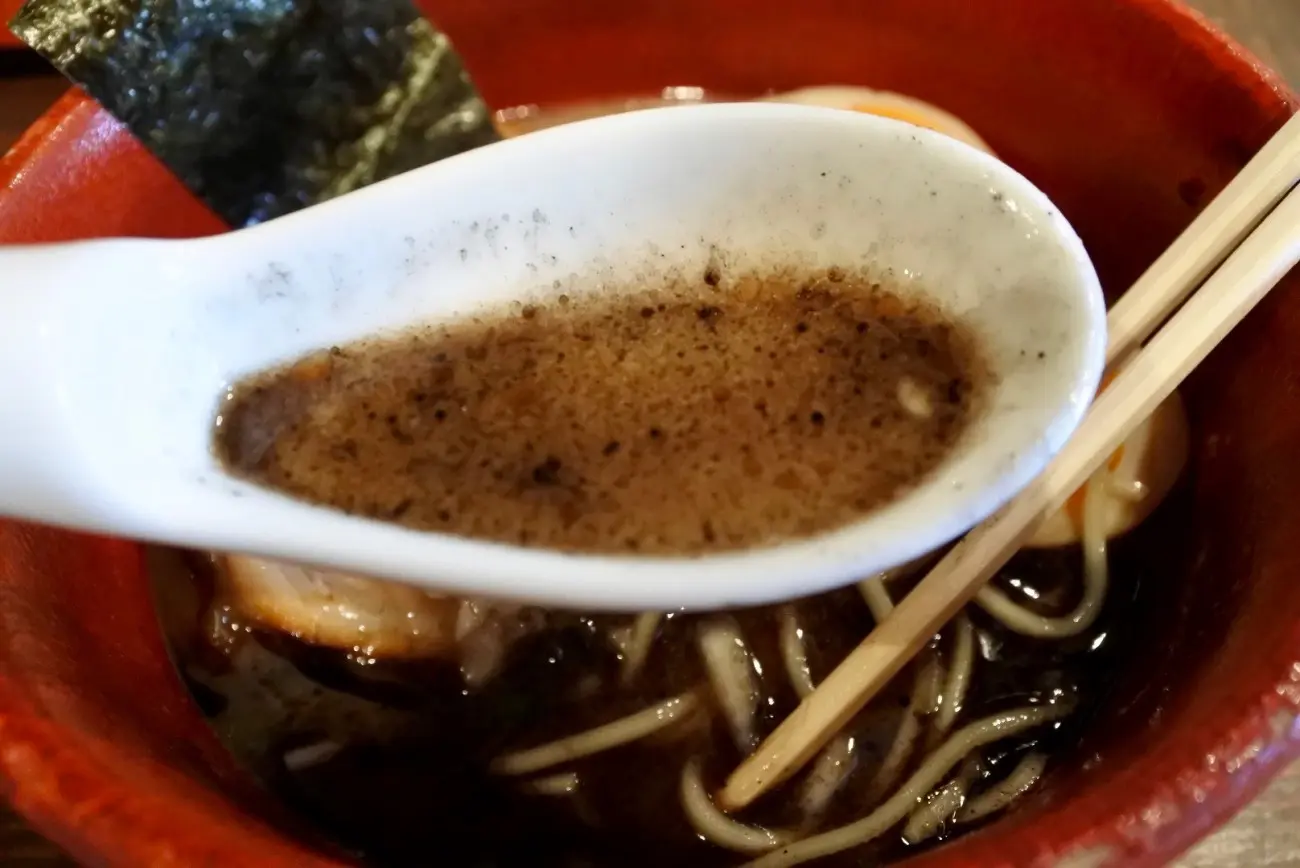
The soup is made using the famed mineral water of Chichibu city, along with tori paitan, a broth made from boiling a chicken for more than 10 hours, and mixed with broth made from katsuobushi (dried sliced bonito) and other fishes. You can taste the various ingredients in the heavy soup, even with just a small sip.
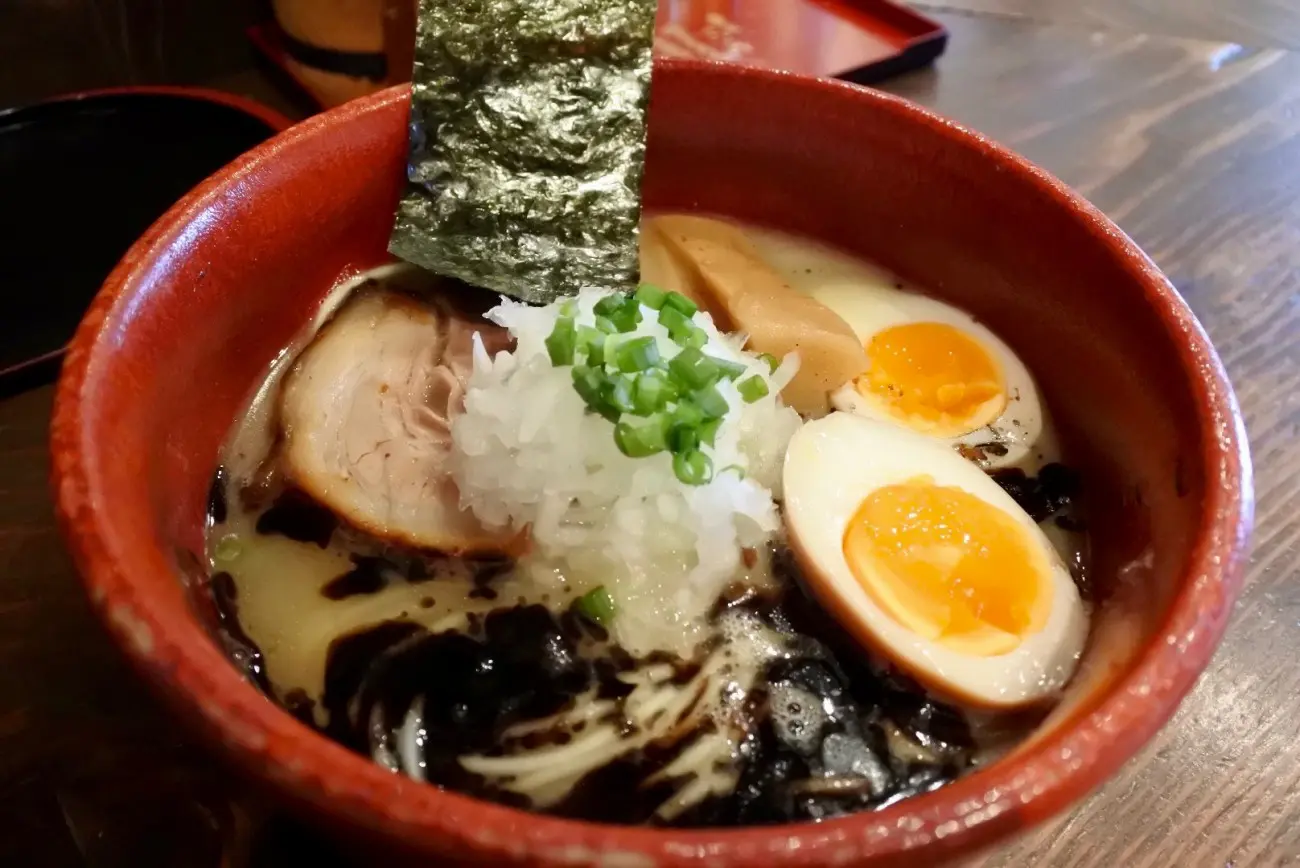
The homemade noodles have a springy texture, and subtle changes are also added, according to the type of rāmen they will be used in.

The owner has visited various rāmen restaurants on his own, and all the main ingredients are homemade.
4. Kita-Ōmiya: Noroshi

Noroshi, located at Kita-Ōmiya, is famous for its tsukemen, and many customers wait in line daily to get it

The tsukemen, priced at 800 yen, is served with a dipping sauce made from a wide variety of materials, such as tonkotsu, chicken, niboshi (dried small sardines) and bonito. It has a heavy, strong flavor.

Noroshi's thick noodles, made from both Saitama and Hokkaido wheat blended at the restaurant, have a firm texture, and go nicely with the heavy sauce.

Customers can adjust the strength of the sauce by adding extra broth to their bowl from the metal pitcher on the table.The sauce is so good that many customers drink it down to the last drop.
5. Ōmiya: Tsubomi Bunke


Tsubomi Bunke, located near Ōmiya Station, is famous for its niboshi rāmen. Many customers visit this chic restaurant, designed with black-based colors.

The bari niboshi soba, priced at 780 yen, has a distinct, rich flavor which comes from using niboshi as the main ingredient, and some customers are said to be hooked to this dish. It's made from natural ingredients and tastes pleasant, so all customers really seem to enjoy it.

Tsubomi Bunke is also known for its chāshū. The owner, who used to work at a Chinese restaurant, crafted it to go along with the niboshi soup.
6. Ōmiya: Aoba


Chūkasoba Aoba Ōmiya, also located near the Ōmiya Station, started as a street stand. The current counter seats have the image of that era, and the restaurant welcomes a large number of customers who doesn't mind waiting in line.

The most popular dish is the special chūkasoba priced at 900 yen. The soup is a blend of meat-based (tonkotsu, chicken) broth and fish-based (bonito, mackerel) broth. Aoba is said to be the origin of the "double" soup style.
The meat-based heaviness and the fish-based pleasantness blend nicely, creating a delicious soup, which also goes well with the medium-sized noodles.

The toppings, such as the soft chāshū, rich-flavored nori (dried seaweed) and the big, crunchy menma (seasoned bamboo shoots) are all exquisitely done.
Saitama, with all its delicious rāmen restaurants, is the place to go if you would like to try something unique. When in Saitama, why not stop by at one of these shops and satisfy your hunger?
MATCHA's promotional account for corporate and local government advertising. We aim to provide useful information to our readers in an enjoyable manner.


































![[Coupons available] We're open even during the New Year holidays! We'll bring you information on our New Year's sale!](https://resources.matcha-jp.com/resize/720x2000/2025/12/26-254137.webp)
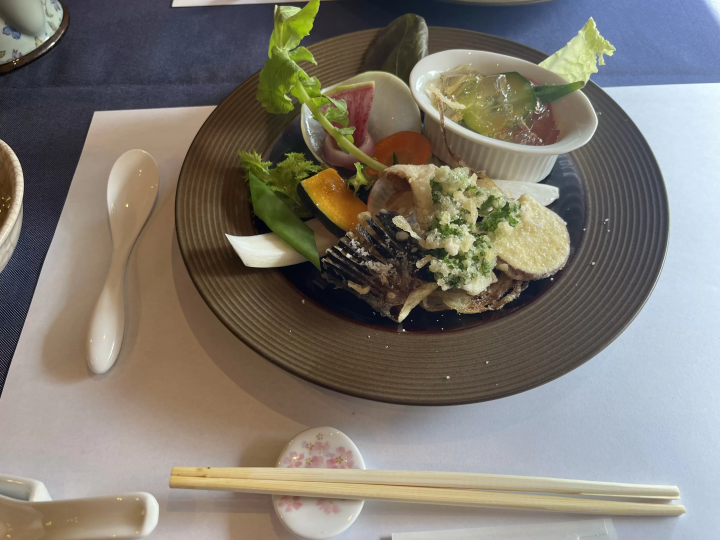
![[For beginners and debutants] Special feature on recommended ski resorts and ski tours!](https://resources.matcha-jp.com/resize/720x2000/2025/12/26-254120.webp)
